Table of Contents
Relative clauses are an essential part of English grammar. They help add extra information to a sentence without starting a new one. These clauses begin with relative pronouns like who, which, that, whom, and whose. Understanding how to use them correctly improves both writing and speaking skills. In this guide, we will learn what relative clauses are, their types, rules, and how to use them correctly in sentences.
What is a Relative Clause?
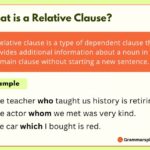
A relative clause is a type of dependent clause that provides extra information about a noun in a sentence. It cannot stand alone and is connected to the main sentence using relative pronouns like who, which, that, whom, and whose.
Example Sentences:
The book that you lent me was really interesting.
She met a scientist who discovered a new planet.
This is the place where we first met.
Types of Relative Clauses
1. Defining Relative Clauses
A defining relative clause provides essential information about the noun. Without it, the sentence loses its meaning.
- The man who stole my bag was caught.
- I need a book that explains English grammar.
2. Non-Defining Relative Clauses
A non-defining relative clause gives extra information that is not necessary for understanding the sentence. It is always separated by commas.
- My brother, who lives in Karachi, is coming to visit.
- The Taj Mahal, which is in India, is very famous.
Relative Pronouns and Their Usage
| Relative Pronoun | Usage | Example |
|---|---|---|
| Who | Refers to people | The girl who won the race is my cousin. |
| Whom | Used for people (formal) | The teacher whom I respect is very kind. |
| Which | Refers to things/animals | The book which I borrowed was interesting. |
| That | Used for people/things | The phone that I lost was expensive. |
| Whose | Shows possession | The boy whose father is a doctor is very intelligent. |
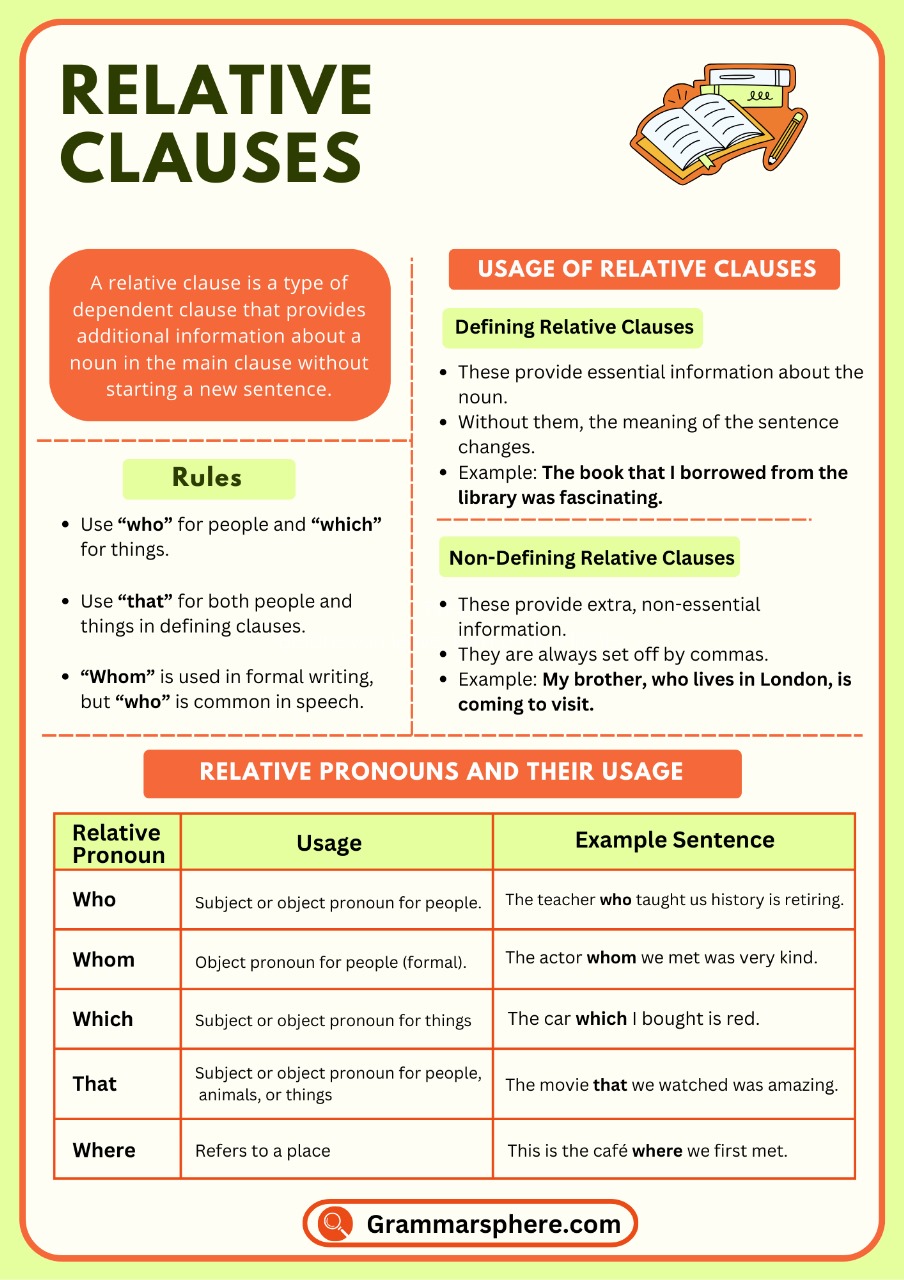
Differences Between Defining and Non-Defining Relative Clauses
| Feature | Defining Relative Clause | Non-Defining Relative Clause |
| Purpose | Provides essential information about the noun. | Adds extra, non-essential information. |
| Punctuation | No commas are used. | Commas are used to separate it. |
| Relative Pronouns | Uses who, whom, whose, which, that. | Uses who, whom, whose, which (but not that). |
| Sentence Meaning | Without the clause, the sentence loses its meaning. | The sentence still makes sense if the clause is removed. |
Examples
Defining Relative Clause:
- The book that I borrowed from the library was fascinating.
- (The clause “that I borrowed from the library” is necessary because it specifies which book.)
Non-Defining Relative Clause:
- My grandfather, who is 85 years old, still drives a car.
- (The clause “who is 85 years old” adds extra information, but the sentence still makes sense without it.)
Relative Adverbs in Relative Clauses
Relative adverbs introduce relative clauses and provide more information about a noun related to time, place, or reason. The three main relative adverbs are:
| Relative Adverb | Usage | Example Sentence |
|---|---|---|
| Where | Refers to a place | This is the park where we used to play. |
| When | Refers to a time | I remember the day when we first met. |
| Why | Refers to a reason | The reason why he left is still unknown. |
Rules for Using Relative Clauses
1. No Commas in Defining Clauses
✅ The car that is parked outside is mine.
❌ The car, that is parked outside, is mine. (Incorrect because defining clauses do not use commas)
2. Commas in Non-Defining Clauses
✅ My friend, who is a teacher, speaks four languages.
❌ My friend who is a teacher speaks four languages. (Incorrect because a non-defining clause needs commas)
3. Avoid Using “That” in Non-Defining Clauses
✅ The Eiffel Tower, which is in Paris, is beautiful.
❌ The Eiffel Tower, that is in Paris, is beautiful. (Incorrect because “that” is not used in non-defining clauses)
4. Omitting the Relative Pronoun (Only in Defining Clauses)
In spoken and informal English, we can omit who, which, or that if they act as an object.
✅ The book I borrowed was interesting.
✅ The man she met is a doctor.
Here, “that” or “which” is omitted, but the meaning remains clear.
Examples of Relative Clauses in Sentences
- The book that you recommended was truly inspiring.
- She met a musician who plays the violin beautifully.
- This is the restaurant where we had dinner last week.
- The laptop which I bought yesterday is not working properly.
- He is the scientist whose research changed modern medicine.
- The girl who won the competition is my cousin.
- I remember the day when we first met.
- The movie that he directed won several awards.
- This is the reason why I moved to another city.
- The teacher, who has been working here for 20 years, is retiring next month.
FAQs
What is a relative clause with examples?
A relative clause is a type of dependent clause that provides more information about a noun in a sentence. It usually starts with a relative pronoun (who, whom, whose, which, that) or a relative adverb (where, when, why).
Examples:
The book that I borrowed from the library is very interesting.
She met a girl who loves to read novels.
This is the house where I grew up.
Why are relative clauses examples?
The girl who won the contest is my friend.
This is the book that I borrowed.
I know a place where we can relax.
The teacher whom we respect is retiring.
He met a painter whose art is famous.
I remember the day when we first met.
The house which has a red roof belongs to my uncle.
The reason why he left early is still unknown.
She wore the dress that she bought yesterday.
This is the park where we used to play.
What are 10 relative clauses?
That, who, which, whom, where, why, whose, when, what, whoever

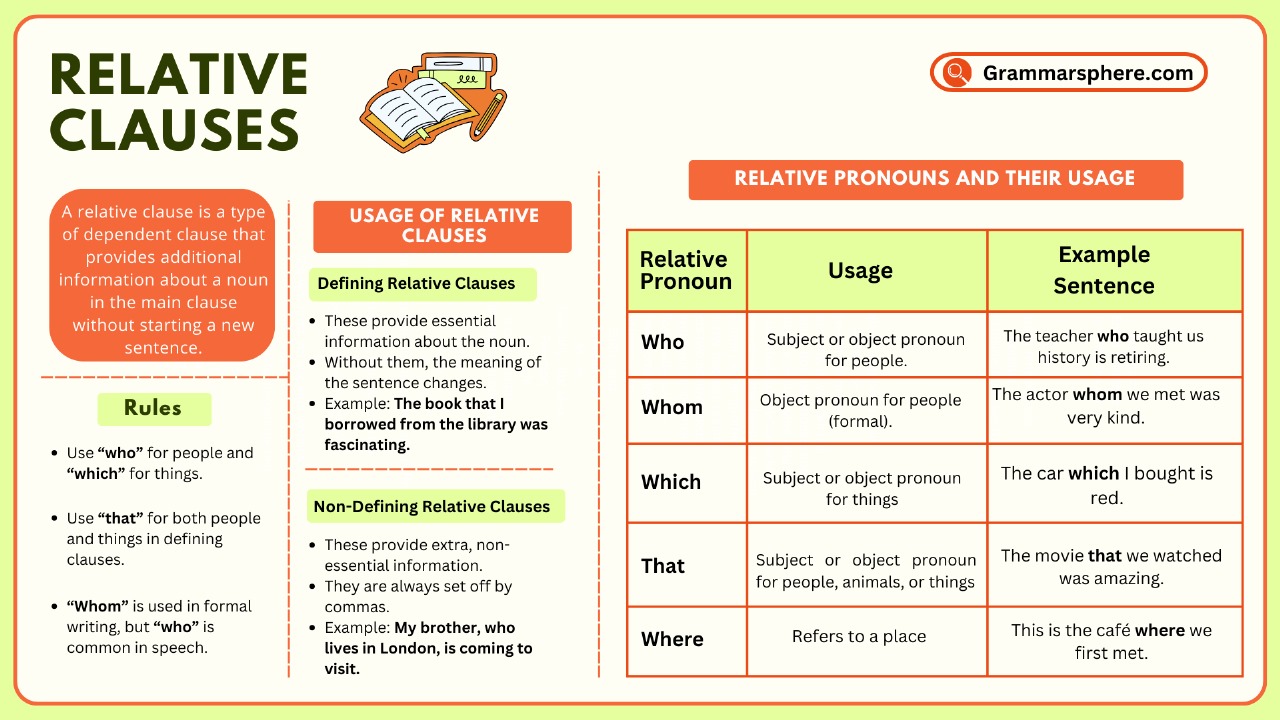
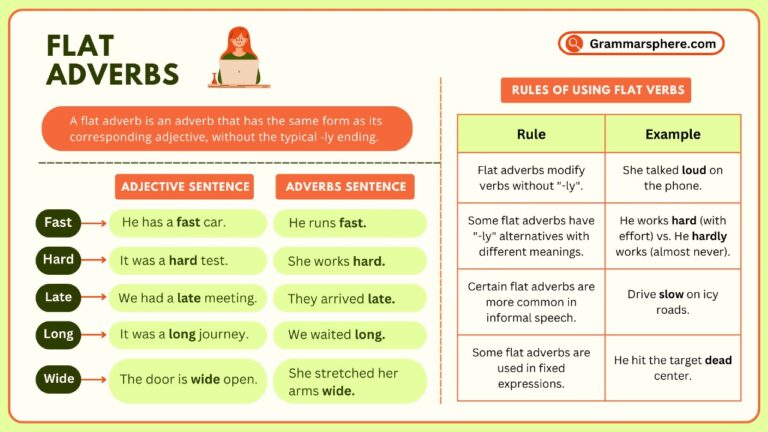
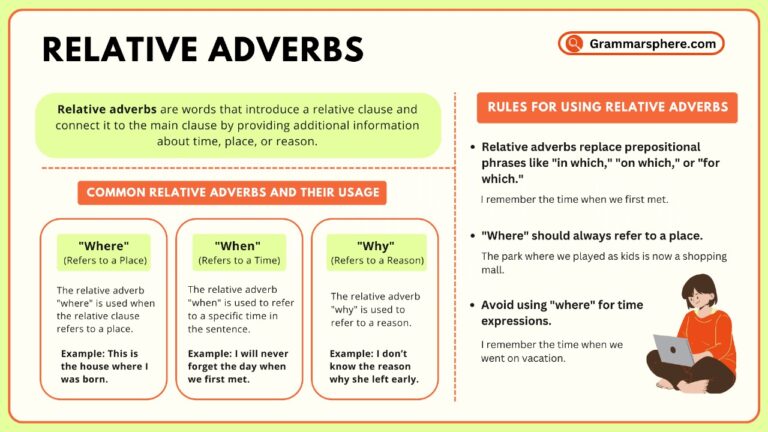
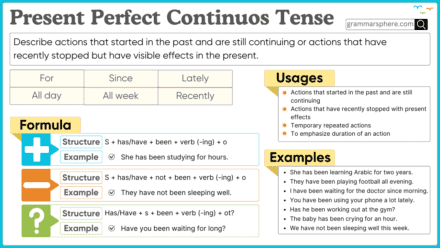
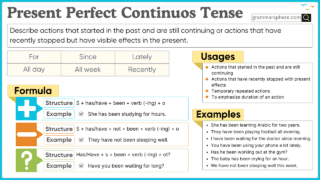
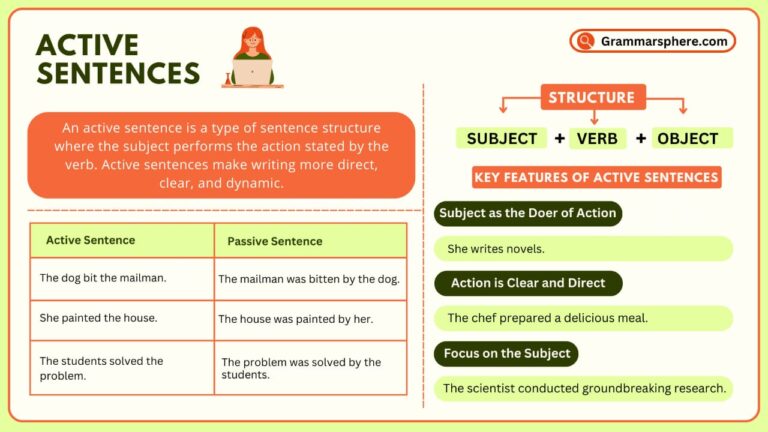
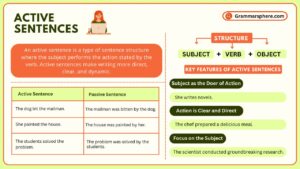
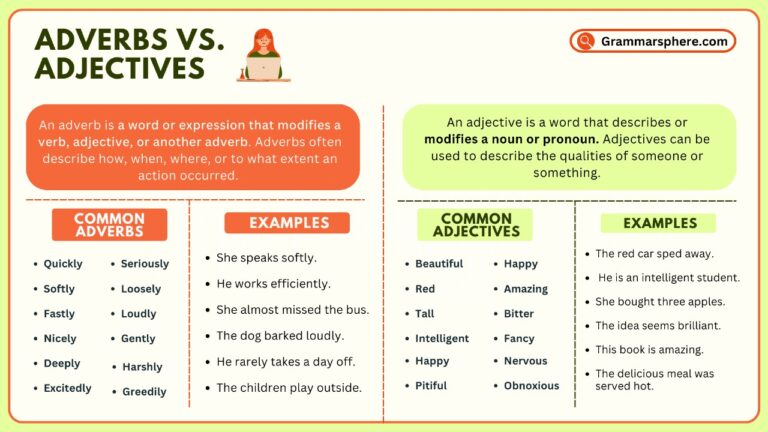
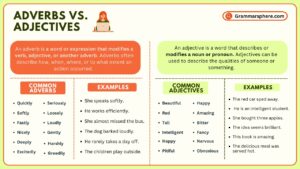
Leave a Comment